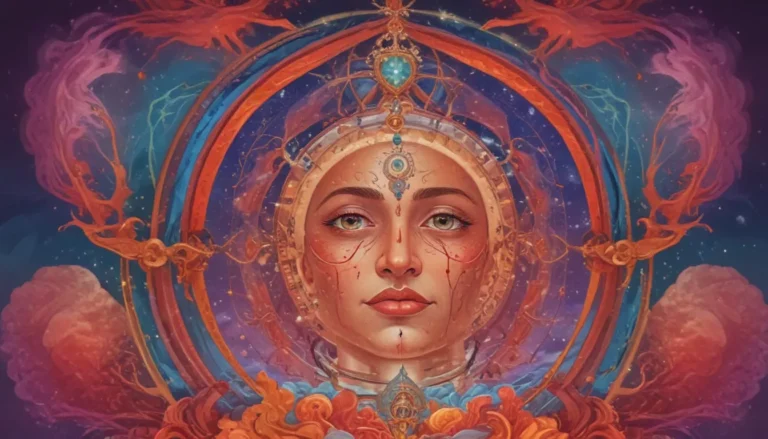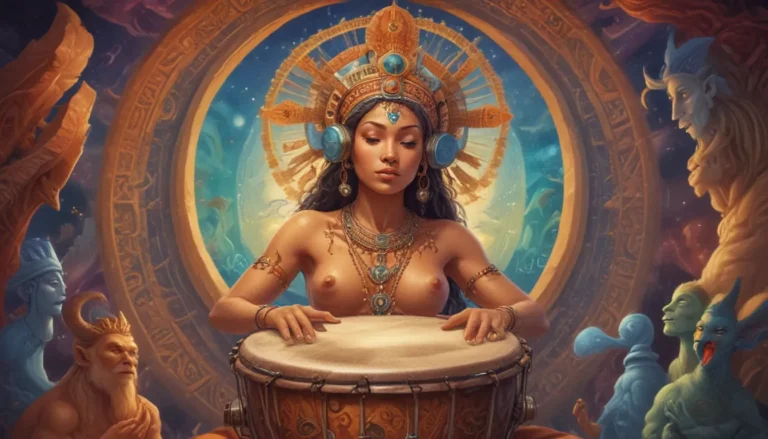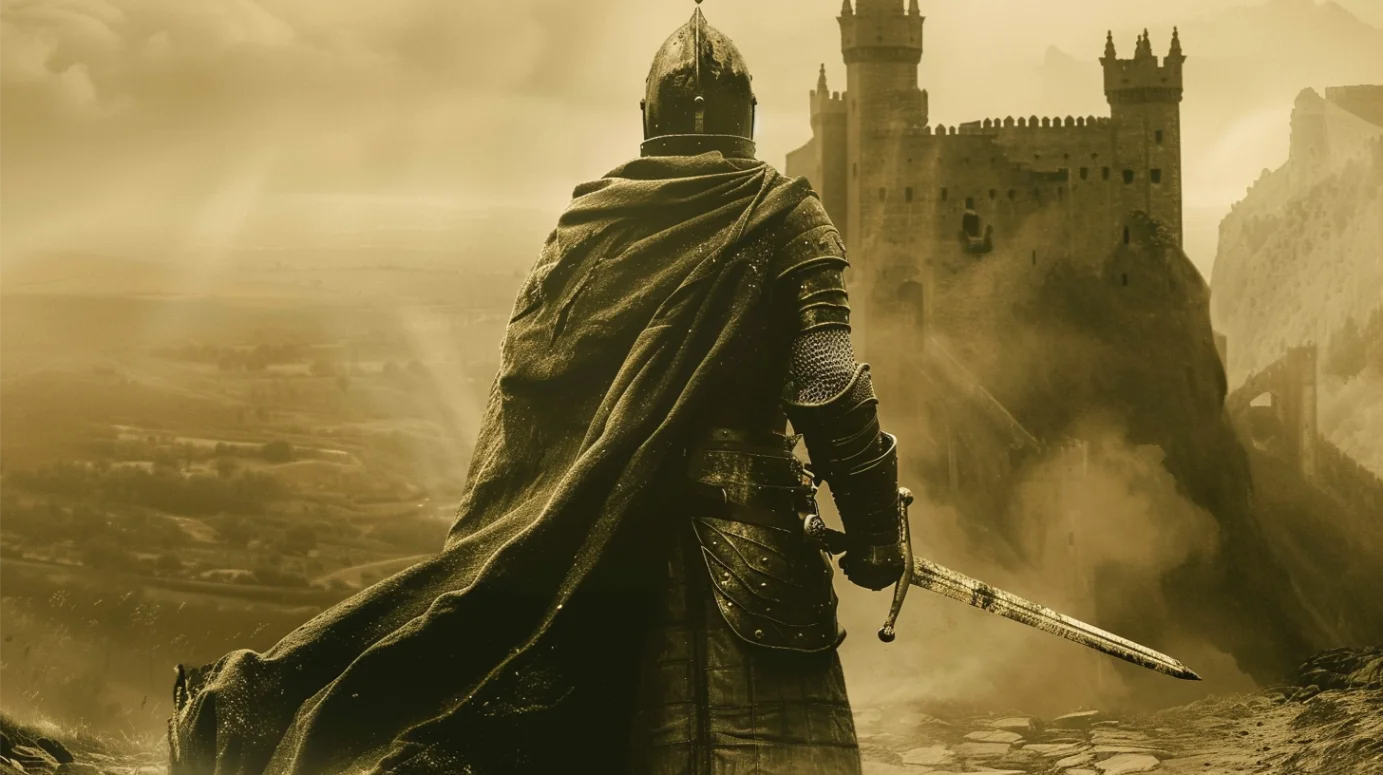
Introduction
The concept of knighthood has captivated our imagination for centuries, evoking images of brave warriors clad in shining armor, ready to defend the weak and uphold justice. But beyond the physical prowess and martial skills, there lies a deeper, more profound aspect to knighthood – its spiritual meaning. The spiritual meaning of a knight encompasses a rich tapestry of virtues, ideals, and symbolic representations that continue to resonate with us even in modern times.
In this exploration of the spiritual significance of knighthood, we’ll delve into the core values that defined these noble warriors, the symbolism associated with their equipment and practices, and the lasting impact of knightly ideals on our contemporary understanding of honor, duty, and personal growth. Whether you’re a history enthusiast, a spiritual seeker, or simply curious about the deeper meaning behind this iconic figure, this journey through the spiritual realm of knighthood promises to be both enlightening and inspiring.
The Origins of Knighthood
To truly understand the spiritual meaning of a knight, we must first look at the origins of knighthood. The concept of the knight as we know it today emerged during the Middle Ages in Europe, particularly during the time of Charlemagne in the 8th and 9th centuries. Initially, knights were mounted warriors who served as the backbone of medieval armies. However, as feudal society evolved, so did the role and perception of knights.
The transformation of knighthood from a purely military function to a spiritual and moral calling was influenced by several factors:
- The rise of chivalry
- The influence of the Christian Church
- The ideals of courtly love
- The Crusades
As these elements intertwined, knighthood became more than just a military profession. It evolved into a way of life, a code of conduct, and a spiritual path. The knight became a symbol of virtue, honor, and spiritual dedication.
The Code of Chivalry: The Knight’s Spiritual Compass
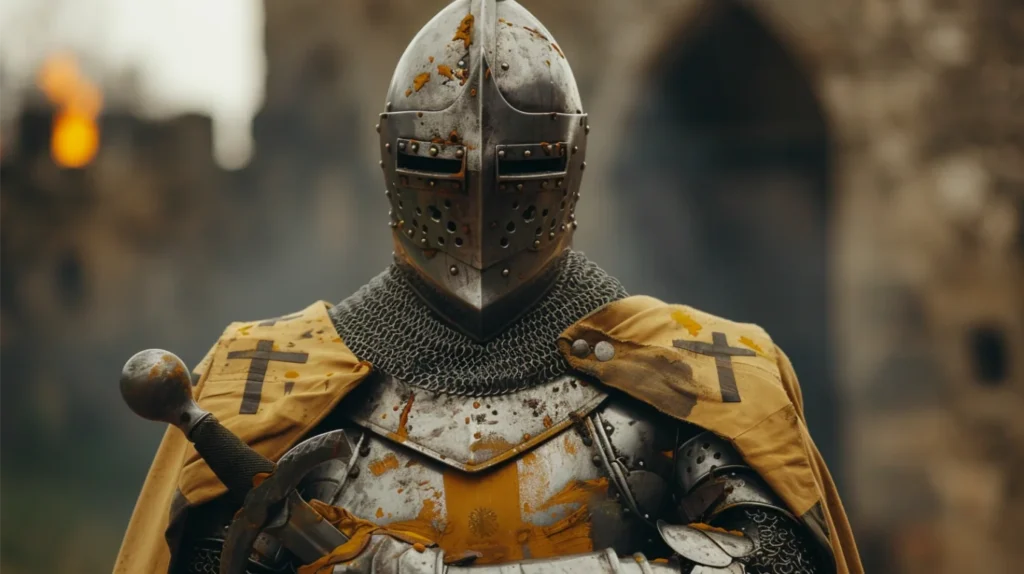
At the heart of a knight’s spiritual journey was the Code of Chivalry. This unwritten set of rules governed a knight’s behavior both on and off the battlefield. The code emphasized virtues that were considered essential for a true knight:
- Honor: Upholding one’s principles and staying true to one’s word
- Courage: Facing fears and challenges with bravery
- Mercy: Showing compassion to enemies and those in need
- Justice: Defending the rights of others and punishing wrongdoers
- Generosity: Giving freely to those less fortunate
- Faith: Devotion to God and unwavering belief in one’s cause
- Humility: Recognizing one’s own limitations and serving others
- Nobility: Striving for excellence in all aspects of life
These virtues were not just lofty ideals but practical guidelines for daily living. They shaped the knight’s actions, decisions, and relationships, forming the foundation of their spiritual practice.
The Spiritual Symbolism of a Knight’s Equipment
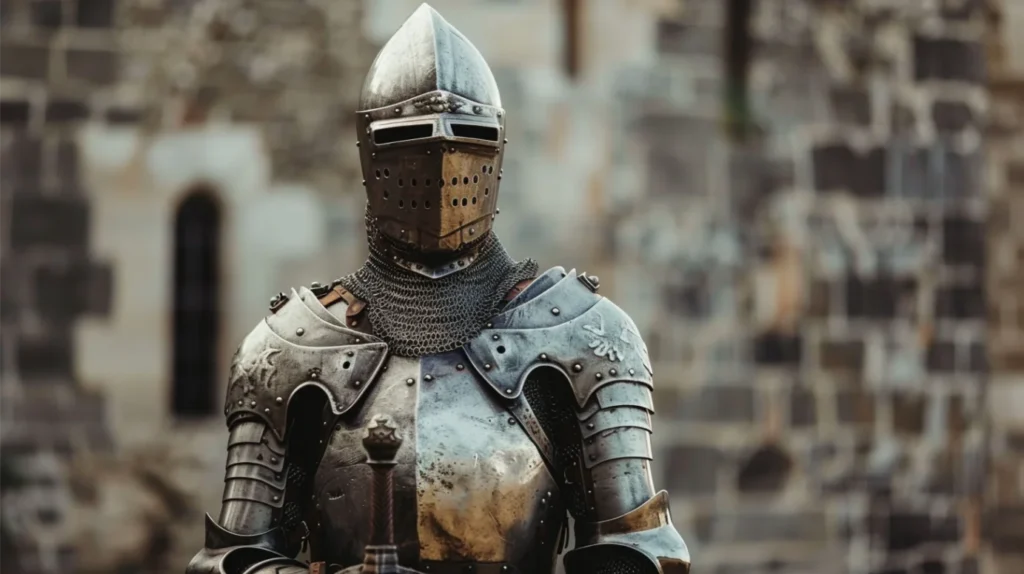
The equipment and attire of a knight were rich in spiritual symbolism. Each piece of armor and weaponry carried a deeper meaning, serving as a constant reminder of the knight’s spiritual duties:
- The Sword: Symbolized justice and the power to defend the weak. Its cross-shaped hilt represented the Christian faith.
- The Shield: Represented protection, not just physical but spiritual, guarding against temptation and evil.
- The Lance: Signified truth and the straightforward pursuit of one’s goals.
- The Helmet: Symbolized the concealment of the knight’s identity, emphasizing humility and the submission of personal glory to a higher cause.
- The Spurs: Represented the knight’s readiness to ride forth in service of others.
- The Horse: Symbolized nobility and the knight’s elevated status as a servant of God and the people.
This symbolism extended beyond mere representation. For many knights, the process of donning their armor and preparing for battle was a meditative and spiritual practice, akin to a priest preparing for a sacred ritual.
The Spiritual Journey of Becoming a Knight
The path to knighthood was not just a matter of physical training but a profound spiritual journey. Young aspirants, known as squires, underwent years of rigorous preparation, learning not only the arts of war but also the virtues and code of chivalry.
The process of becoming a knight often included:
- Vigil: A night of prayer and meditation before the knighting ceremony
- Purification: Ritualistic bathing to cleanse the body and soul
- Confession: Acknowledging one’s sins and seeking absolution
- Dubbing: The formal ceremony where the squire was struck with the flat of a sword and declared a knight
This journey was seen as a transformation, a rebirth into a higher state of being. The newly knighted individual was expected to embody the spiritual ideals of knighthood in every aspect of their life.
Knights and Religion: A Complex Relationship
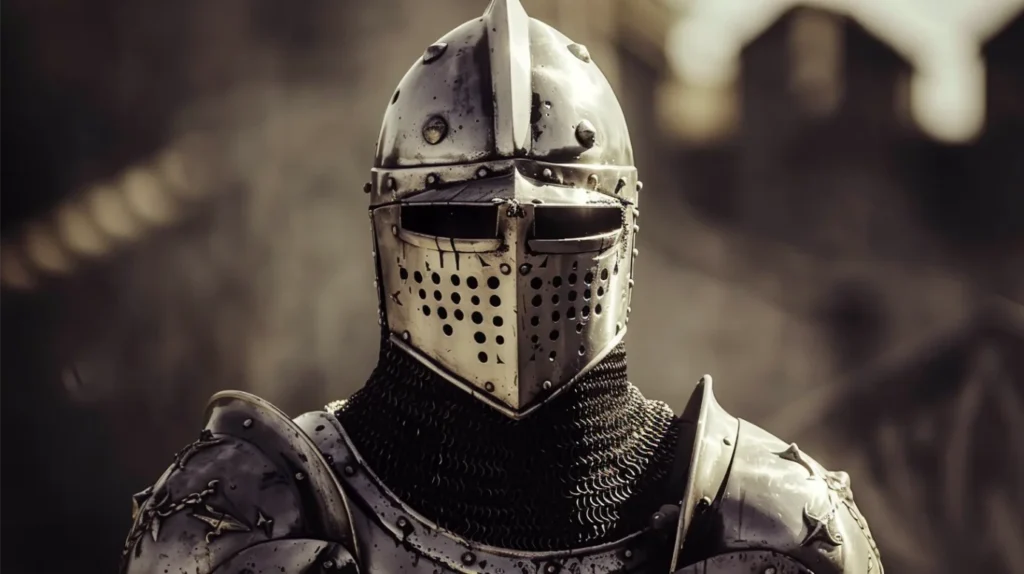
The spiritual meaning of a knight was deeply intertwined with religious beliefs, particularly Christianity. Many knights saw themselves as servants of God, defenders of the faith, and protectors of the Church. This connection was most evident during the Crusades, where knights fought to reclaim the Holy Land.
However, the relationship between knighthood and religion was complex:
- Some knights embraced a deeply spiritual life, joining religious military orders like the Knights Templar or the Knights Hospitaller.
- Others struggled to reconcile the violent nature of their profession with Christian teachings of peace and forgiveness.
- The Church often tried to channel the martial energy of knights towards what it considered righteous causes.
This intersection of martial prowess and spiritual devotion gave rise to the ideal of the “warrior monk,” a figure who combined physical strength with spiritual purity.
The Knight as a Spiritual Archetype
Beyond its historical context, the knight has become a powerful spiritual archetype in many cultures. This archetype represents:
- The quest for self-improvement
- The battle between good and evil
- The journey from ignorance to wisdom
- The dedication to a higher cause
In Jungian psychology, the knight archetype is often associated with the Hero, representing the part of our psyche that seeks to overcome challenges, protect others, and achieve greatness.
Lessons from Knightly Virtues in Modern Life
While we may no longer wear armor or wield swords, the spiritual teachings of knighthood remain relevant in our modern world. Here are some ways we can apply these ancient virtues to our daily lives:
- Practice integrity: Like a knight’s oath, let your word be your bond.
- Defend the vulnerable: Stand up for those who cannot stand up for themselves.
- Pursue excellence: Strive to be the best version of yourself in all you do.
- Show mercy and compassion: Treat others with kindness, even in difficult situations.
- Embrace humility: Recognize your own limitations and be open to learning from others.
- Serve a higher purpose: Find a cause greater than yourself to dedicate your efforts to.
By embodying these virtues, we can bring the spirit of knighthood into our modern world, creating positive change in our lives and the lives of those around us.
The Spiritual Meaning of a Knight in Literature and Art
The figure of the knight has been a recurring motif in literature and art, often used to explore spiritual and moral themes. Some notable examples include:
- Sir Gawain and the Green Knight: A medieval poem that tests the protagonist’s adherence to the knightly virtues.
- Don Quixote: Cervantes’ masterpiece that both celebrates and critiques the ideals of chivalry.
- The Arthurian Legends: Stories of King Arthur and his Knights of the Round Table, which have become synonymous with chivalric ideals.
In art, knights have been depicted in various ways, from heroic figures in shining armor to introspective individuals grappling with moral dilemmas. These representations continue to shape our understanding of the spiritual meaning of a knight.
Challenges to the Knightly Ideal
While the spiritual aspects of knighthood have been widely celebrated, it’s important to acknowledge the challenges and criticisms of this ideal:
- The reality of medieval warfare often fell short of chivalric ideals.
- The exclusivity of knighthood (typically limited to noblemen) conflicted with ideals of equality.
- The focus on martial virtues sometimes overshadowed other important values.
These challenges remind us that while the spiritual ideals of knighthood are admirable, they must be balanced with a realistic understanding of human nature and societal structures.
Conclusion: The Enduring Legacy of Knightly Spirituality
The spiritual meaning of a knight continues to resonate with us today, centuries after the age of chivalry. It speaks to our deep-seated desire for honor, purpose, and moral clarity in an often chaotic world. While we may no longer don physical armor, the spiritual armor of virtue, courage, and compassion remains as relevant as ever.
As we navigate the complexities of modern life, the knightly ideals offer us a template for personal growth and social responsibility. They challenge us to be better versions of ourselves, to stand up for what is right, and to serve causes greater than our own self-interest.
In embracing the spiritual legacy of knighthood, we’re not romanticizing a bygone era, but rather drawing inspiration from timeless virtues that have the power to transform our lives and our world. The journey of the knight – from squire to champion, from seeker to protector – mirrors our own spiritual journeys as we strive to become more honorable, compassionate, and purposeful individuals.
May the spirit of knighthood inspire us to face our challenges with courage, treat others with respect, and continually quest for personal and spiritual growth. In doing so, we keep alive the noblest aspects of this ancient tradition, bringing its light into our modern world.


